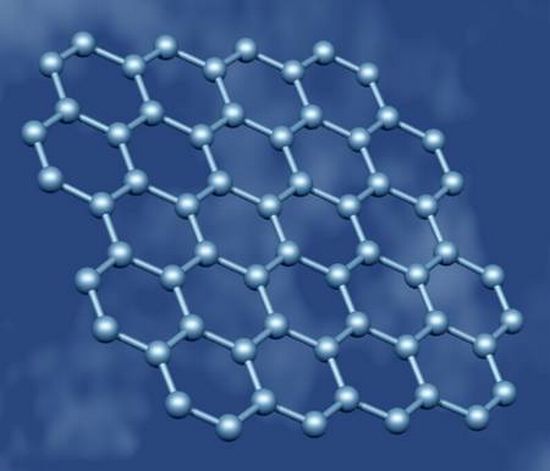
Catenation is the self-linking capacity of Carbon that allows it to form endless chains of molecules and atoms. It is this magical property that has given the world some of the most useful and amazing products in a long, long time. Everything that we use today is mostly build using carbon. That could range from the cheap plastic bags that are being used in shopping to that multi-billion dollar body work of F1 cars that keeps the drivers safe. This amazing carbon technology is now being applied to solar cells to make them more efficient than ever before.
Graphene is a flat single layer of carbon atoms which can transport electrons at remarkable speeds, making it a promising material for electronic devices. Until recently, researchers had been able to make only small flakes of the material, and only in small quantities. However, Rutgers University researchers have developed an easy way to make transparent Graphene films that are a few centimeters wide and one to five nanometers thick.
Thin films of Graphene could provide a cheap replacement for the transparent, conductive indium tin oxide electrodes used in organic solar cells. They could also replace the silicon thin-film transistors common in display screens. Graphene can transport electrons tens of times faster than silicon. This means that the latest technology would allow the synthesis of solar cells using the layers of Graphene making them 10 times better and more efficient than the ones currently being fabricated out of layers of Silicon.
The process of making these amazingly sleek and small layers of Graphene may not be easy and is something that still needs to be perfected in order to make it commercially viable, but it still holds enormous potential for the future of solar technology and in that sense, makes it a wonderful technology to take up. Apart from spreading the green solar energy faster across the planet, one hopes that the after-use-disposal-system of these newly fabricated solar cells is not as bad as it is in the case of plastic.




